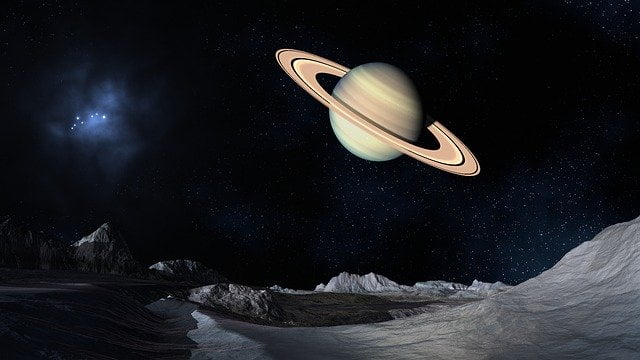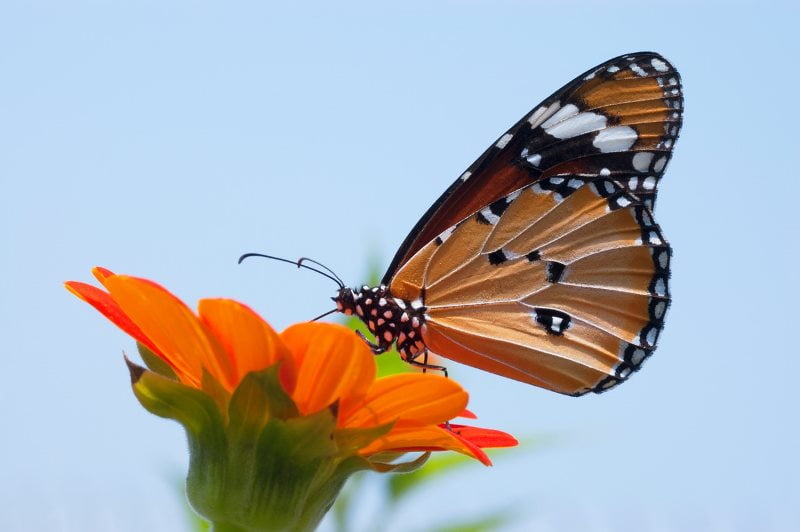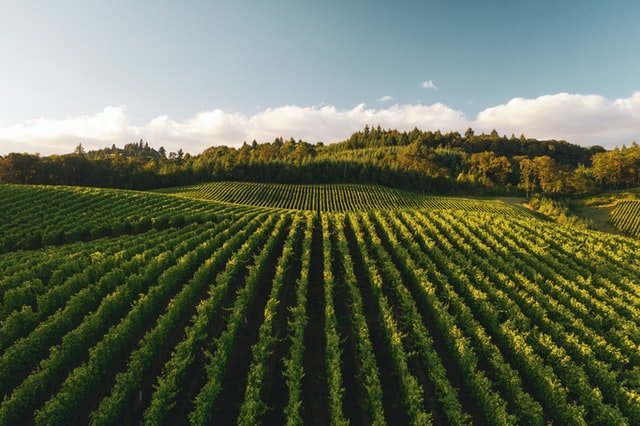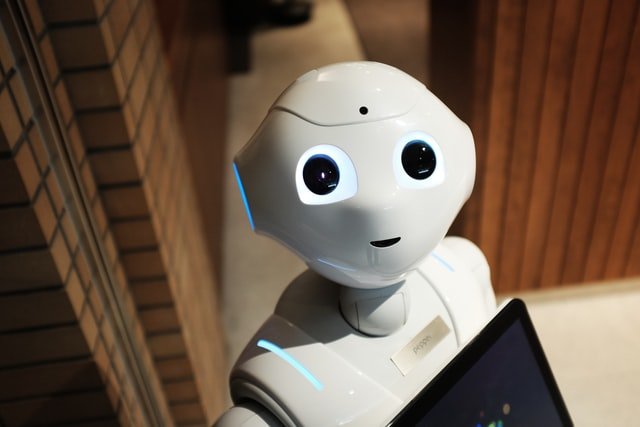FORCES
A force can be defined as any action that makes or tries to move, stop or alter the speed of a body in a given direction. TYPES OF FORCE There are two types of force namely: Contact force Non-contact CONTACT FORCE These are forces which sources are in contact with the body to which […]



